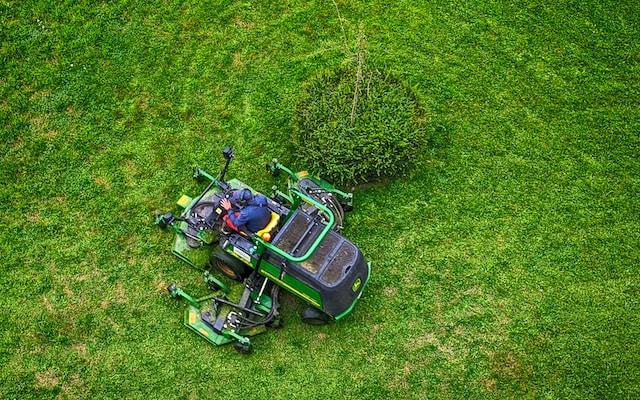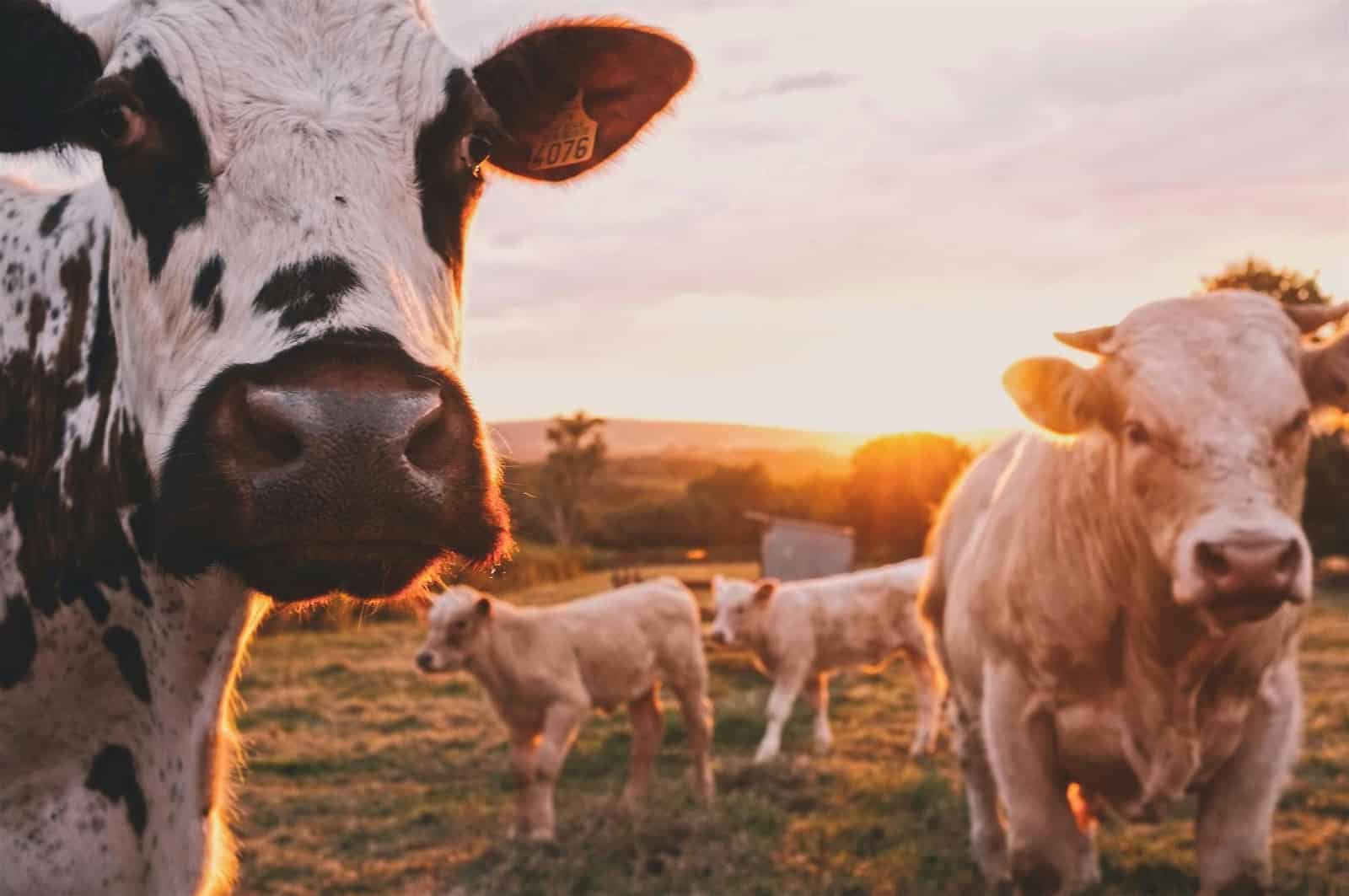Regular fertilizer and weed control treatments are necessary for a lush, green lawn. Whether these treatments are safe for children and pets is frequently asked of lawn care specialists, and the answer relies on a few factors. Find out if fertilizer and weed control treatments are safe for your pets and kids in this article.
Table of Contents
Wait At Least For One Or Two Days Before Leaving The Kids In The Ground After Treatment
It’s no secret that children enjoy running around outside and making messes, but should they be on your lawn if it receives fertilizer treatments regularly? Yes, once the fertilizer has been absorbed entirely by the soil.
It’s best to wait one or two days after applying fertilizer before allowing your children to play on the grass again and to make sure your lawn is thoroughly watered before they do.
This not only protects them from pollutants but also allows them to absorb nutrients without being disturbed. Because the time frame for applying a treatment varies depending on the product, it’s best to ask your lawn care professional.
When Do You Leave The Pets In The Ground After Treatment?
Dogs and other pets like running and playing in the grass. However, it’s also a good idea to limit their use of the grass at least for one day after fertilizing. They’re much closer to the ground and more likely to burrow in the soil, making them more vulnerable to herbicides and pesticides.
Please consult your veterinarian if you have any concerns about any of the treatments sprayed to your lawn, given the rise in pet allergies in recent years.
If you have any unused fertilizer bags on your property, keep them locked away from pets. So, they don’t try to claw their way into them. Because certain organic fertilizers consist of animal bone or by-products, this is very significant.
Know About The Types Of Treatments And Fertilizers Before Using In The Ground
Fertilizer is currently available in two forms: liquid and solid. Neither is more reliable than the other. It is critical that whoever applies the product does so with caution and adheres to any safety precautions listed on the label. The difference, in this case, is the average time each shape takes to settle into the lawn.
1) Liquid Fertilizer
To interact with most liquid fertilizers on the market, you must wait until the product has dried. Temperature and cloud conditions, for example, can impact how quickly a liquid fertilizer dry. We recommend waiting at least two hours as a matter of thumb.
Before allowing your dog out after those two hours, take a minute to inspect your lawn. Wait a few more minutes if it’s still damp. If it’s dry, you’ve complied with the majority of the labels’ safety warnings.
2) Dry Fertilizer
When it comes to the treatment of residential homes, this is the preferred fertilizer application. Small pellets are distributed manually or using a spreader tool to apply this lawn care product. One of the most significant distinctions between it and liquid fertilizer, aside from its physical features, must be watered into the lawn.
If dry fertilizer is left on the grass for too long, it will become ineffective. To activate the pellets, they must be watered in, either by Mother Nature or your sprinkler system. In the context of your pets and a recent fertilization procedure, this is critical information.
A dog’s hair and paws quickly pick up pellets. To mention two worst-case scenarios, these pellets can fall into water or food bowls or be eaten by a dog licking his fur. That is why, before putting your dog back onto a treated grass, we recommend waiting until the pellets have been soaked in.
How To Minimize The Fertilizer’s Effects?
Dogs have a proclivity for digging and rolling in the dirt, which exposes them to herbicides they should avoid. To know the boundaries, it’s critical to be conscious of where you put your fertilizer.
Do not leave unused bags lying around; instead, secure them so dogs cannot get them. Consider using organic fertilizer rather than other types if you’re doing it yourself.
If your dog consumes fertilizer, it may pose a health risk, necessitating a visit to the veterinarian. When applying herbicides, you must always be cautious.
Exposure makes dogs and people vulnerable to various illnesses, including dehydration, nausea, dermatitis, anorexia, breathing issues, and maybe death. These are just a few of the health problems that people and pets may experience due to chemical exposure.
Consult Lawn Care Company Before Any Lawn Treatment
Fertilizer treatments are frequently given throughout the year, along with weed control treatments and insecticides, which can trigger responses in dogs and children.
Please speak with your lawn care firm to learn about the weed controls and pesticides used on your property, as well as the rates at which they are applied. They’ll also provide you with re-entry intervals to make sure you’re following best practices.
Wind or run-off water can transport chemicals from chemically treated lawns to untreated lawns. They then infect our dogs as they pass by or walk through the treated area. The chemicals are subsequently passed from the pets to people or other pets. The dangers of exposure are enormous.
Final Verdict
Fertilizers are frequently used with herbicides or produced with potentially harmful ingredients. They can be dangerous to youngsters depending on how they’re used and how they’re exposed. Fortunately, there are safer alternatives, especially for newborn and small children.
Maintain a Safe Distance Store, combine, and spray fertilizers, pesticides, and herbicides as far away as possible from your well, taking care not to mix or spray uphill from any well or water source. This applies to any wells on your property, including those that aren’t in use.





